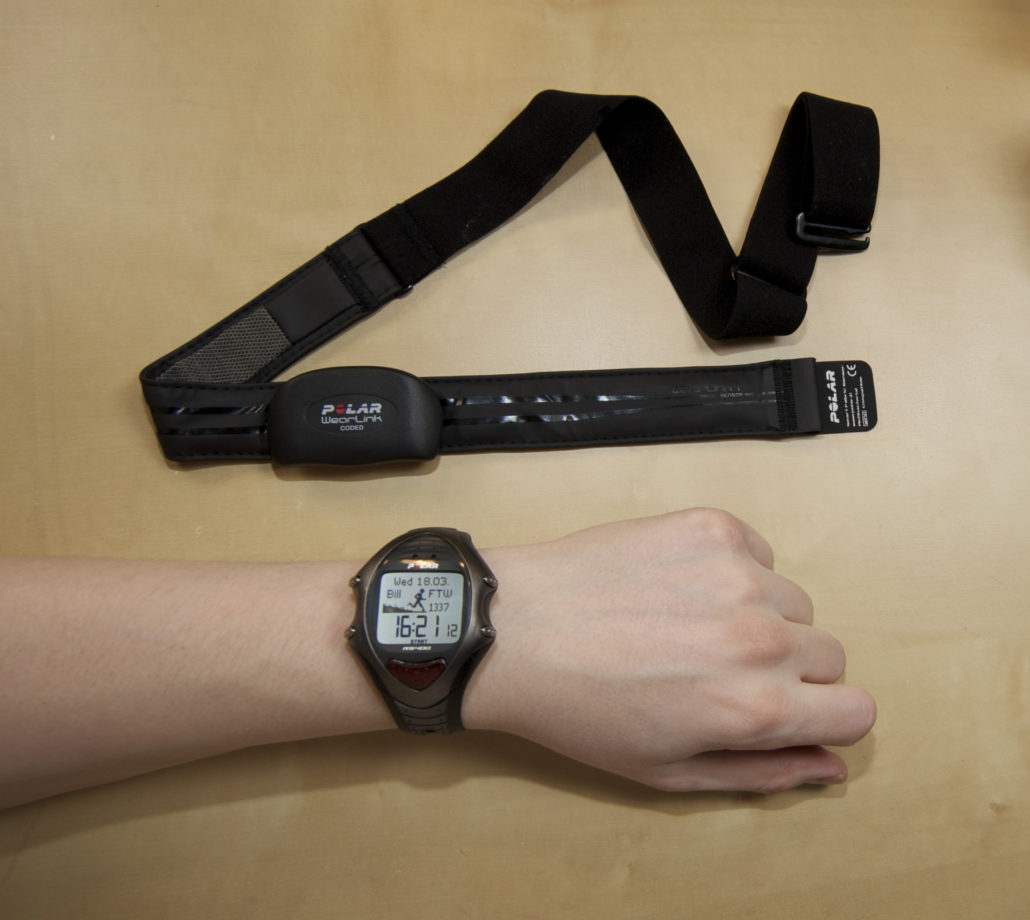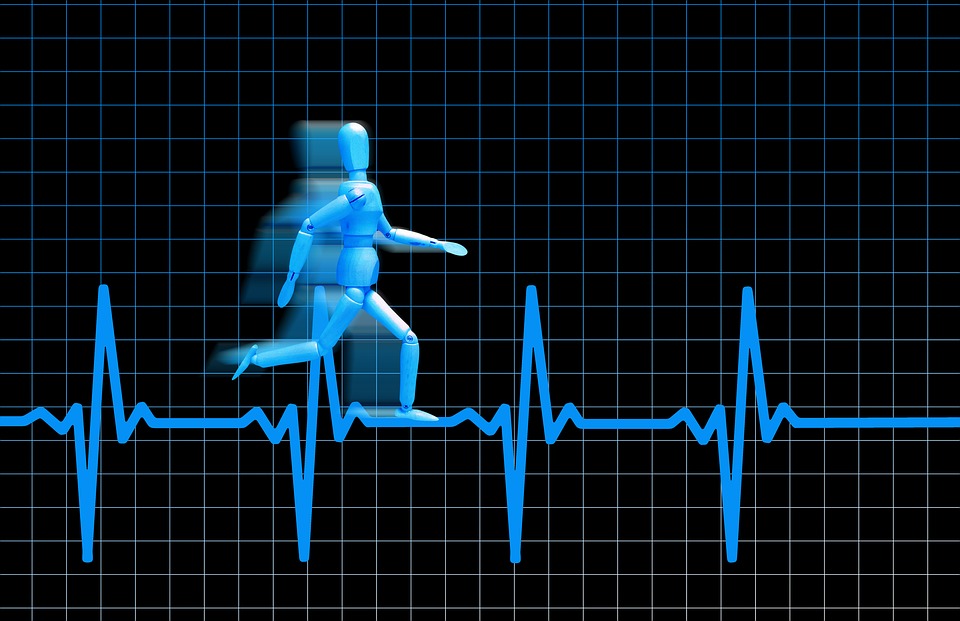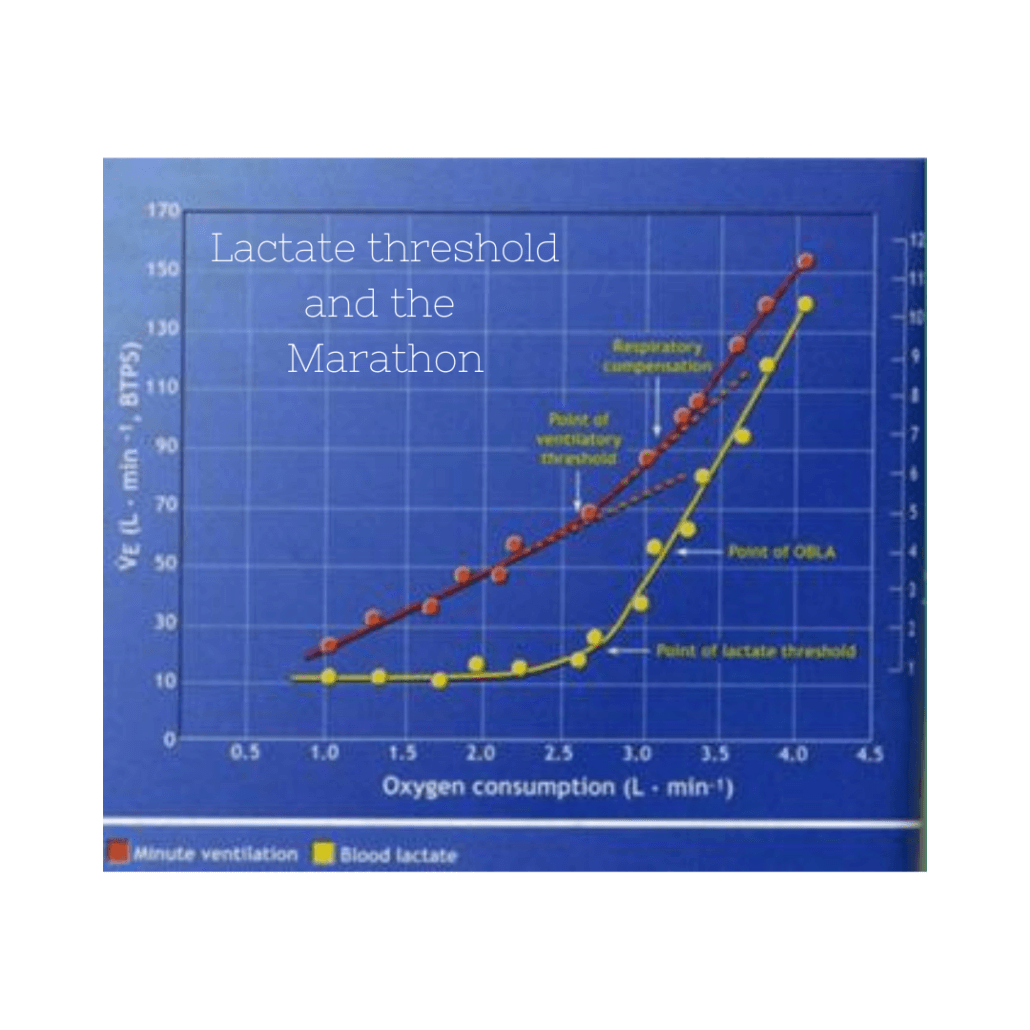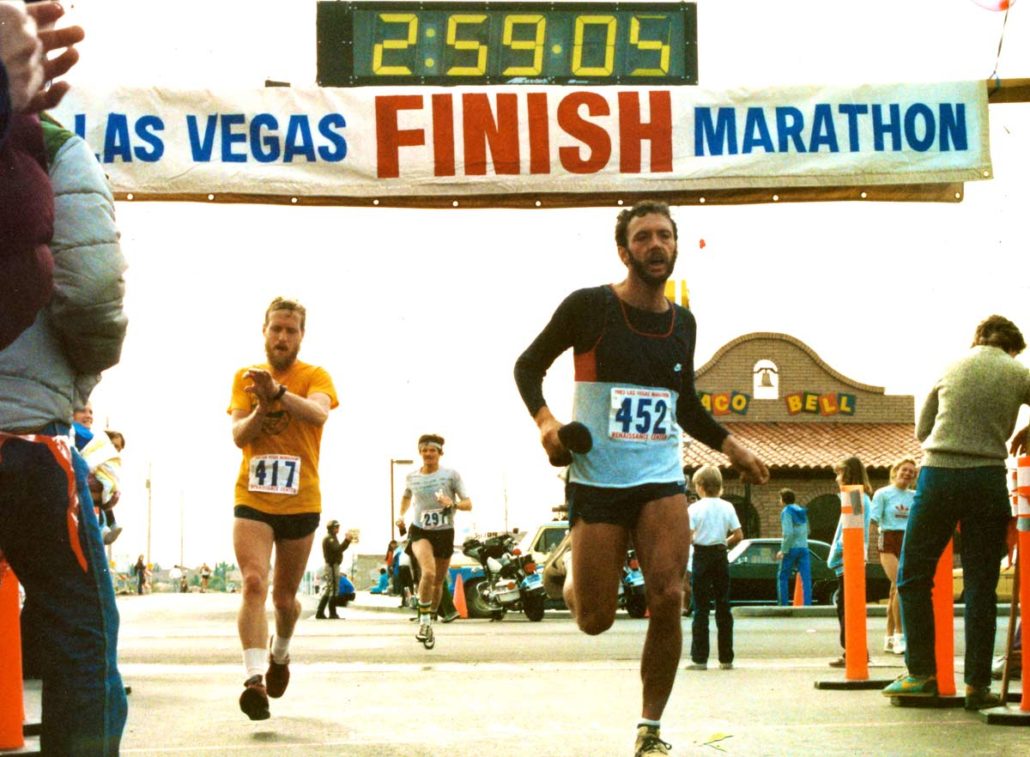Updated thoughts on heart rate


If you’ve read much of anything that I have put out into the internet universe, you’ll know that my position on heart rate training is one of,
“when they start handing out BQs based on heart rate, I will start training people by heart rate.”
I actually stole that line from a conversation I had with Keith at one point. It still rings true to this day! However, the topic is still brought up, along with new fads- eh hem- power meters, lactate threshold detectors, and activity monitors.
What I mean by that is people already use GPS devices as if it’s the holy grail
It comes down to one of those things where I didn’t like using heart rate because to me it was just another variable in making training more complicated. What I mean by that is people already use GPS devices as if it’s the holy grail. Being a slave to another parameter is just another way to limit yourself in a workout. I don’t want them to now be limited in a workout because of their heart rate monitors telling them they are working to hard.
I’ve written a blog post previously on my stance on relying on heart rate that includes the reasons why I’m not a fan for day to day training. You can find that here.
Many of you still use heart rate, and I’m not going to fight anyone on it anymore. What I am going to do is give you my thoughts on what I would observe and how I would practically approach using heart rate in your training.

A great approach to blending gps/hr/learning feel. I came across a great piece referencing legendary Coach Bobby McGee and his use of blending these variables. You can find the piece in The Runners Edge. Essentially, what he does is allows athletes to go by heart rate in the early buildup of their training. There are a couple nice things about this. For instance, think about when you start training for a fall marathon- it’s in the peak of summer, right! You’re just starting training and it’s hot, humid, and difficult to get a bearing on pace. Coach McGee would have runners run a pretty short run (2-3 miles) at goal marathon pace and see what the corresponding heart rate was. He would then set early season workouts to that heart rate, but begin increasing the length of the workouts By monitoring your heart rate you can go by effort and keep yourself in check (see our 5 early pitfalls of training post)
The trick is to not look at it during your run.
The key with what Coach says is that you transition away from focusing on heart rate. As you get into your meat and taters section of training, you go to what matters most-pace. Now, that doesn’t mean you have to abandon tracking your heart rate completely. The trick is to not look at it during your run. Instead, when you log your data, just observe. Track how you ran for workouts, especially under similar conditions, and the corresponding heart rate. The goal would be that the distance would increase while the pace stayed the same and the heart rate decreased. The key though, is that HR wasn’t looked at until AFTER the workout was over. I think one thing to keep in mind too would to try and keep variables similar- like do your workouts that you are comparing on similar loops. Ideally, the weather would be similar to what you will be racing in the closer you approach the race, as well.
Using Heart Rate to determine over training
Besides monitoring effort during a workout, runners use heart rate to determine if they are recovering, or overtraining. The idea is that one, resting heart rate will lower with fitness and increase with over training. The second is that an athlete who is getting fit will have lower heart rates at the same intensity, while an overtrained athlete may have a higher heart rate at the same intensity.
In the first scenario, that appears to be more and more a myth. Most studies appear to show now differences in resting heart rate between fit and overtrained people. What does seem to be of value is a person’s sleeping heart rate. And with all of the new technology out there, this is probably easier to monitor than ever before. If you monitor your sleep, keep an eye on this parameter. An increasing sleeping HR over a period of time may be a good indicator of your training status.
The second observation point is with training heart rates. Most people think that as they gain fitness, their heart rate for a given workout will decrease. While some studies have shown this, others have not. Using this method to dictate if your fitness is on track just isn’t that clear and might not be a reliable observation.

A couple great sources:
Latest Buzzword: Heart Rate Variability (HRV) is the variance in beats of the heart. So, someone with a low HRV might have a heartbeat that goes Beat 1 2 3 Beat 1 2 3 Beat 1 2 3 Beat. Someone with a high HRV might go Beat 1 2 3 Beat 1 2 Beat 1 2 3 4 Beat 1 2 3 Beat 1 2 3 Beat 1 2 and on and on. They don’t have a heartbeat that is like clockwork. I remember in a physiology lab and the student freaked out. They thought I had a messed up heart!
A trend downwards can indicate the approach to becoming overtrained.
The idea though is that a person with a high HRV is very fit and people will use it to monitor their recovery or if they are gaining fitness. This isn’t a measure that is a one and done type of process. In fact, it’s something that you really need a lot of data points to find anything useful with. You’d really monitor several times a week and graph the trends. In general, a trend upwards is good. A trend downwards can indicate the approach to becoming overtrained. The only problem is, that these trends don’t always indicate one or the other.
Here’s (Info-graph / Article ).
Monitoring your HRV has been shown to dictate what kind of training will suit you better…
To me it’s simply an observation point that you use to piece together what your entire training looks like and then use all those pieces to help forge a decision in your training. Some information I did find interesting. Monitoring your HRV has been shown to dictate what kind of training will suit you better (high volume or high intensity) A person with a high HRV may be better suited for high intensity training, while a low HRV person may respond well to a high volume training program.
HOWEVER, nothing was said about how much they improved and in what distance. What I mean is, will that work for a 5k through a marathon training plan or just shorter racing distances. Also, does it work with new runners through elite runners, as this study just looked at recreational runners. (Article). It is all interesting, but I think there’s a long way to go. And again, I think it’s something you look at over a long period of time and use it as one piece of information, not the only information.
In the end though, they still only hand out BQ’s based on running a certain pace and not keeping your heart rate in a certain zone.
Measuring your HRV is getting easier and easier as a quick app store search reveals several different applications. I recommend in bed right when you get up. If you monitor your sleep, you might already have that data. To me, that’s even better. While I am still not a heart rate using coach, I am slowly believing there’s a place for both worlds to exist. In the end though, they still only hand out BQ’s based on running a certain pace and not keeping your heart rate in a certain zone.





